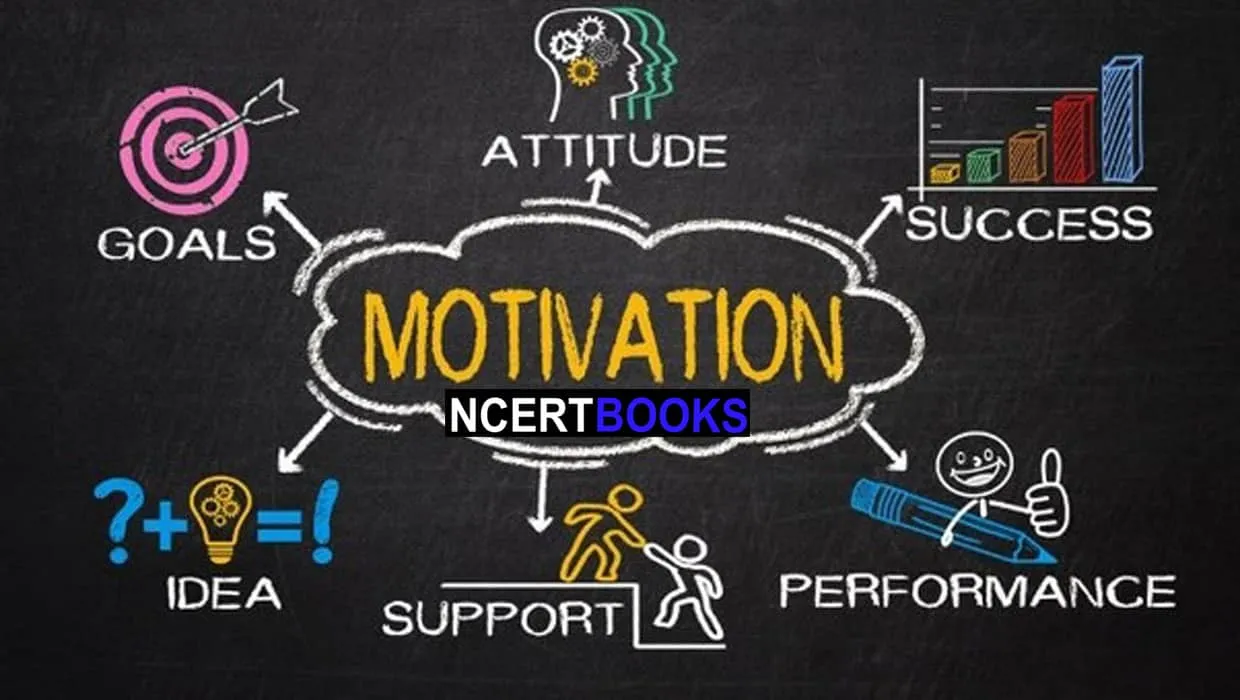Introduction:
Meet Emily Davis, a visionary fintech strategist at the forefront of global financial innovation. With a passion for exploring emerging technologies, Emily is dedicated to uncovering groundbreaking solutions that revolutionize the way businesses conduct financial transactions worldwide. In this article, she dives deep into the realm of payment paradigms, shedding light on the latest innovations transforming global financial transactions and empowering businesses to thrive in the digital age.
1. Evolution of Global Financial Transactions
Emily traces the evolution of global financial transactions, from traditional banking systems to the digital revolution reshaping the landscape today. She highlights key milestones in the journey towards a more interconnected and technologically-driven global financial ecosystem, setting the stage for a discussion on the latest innovations shaping the future of payments.
2. Rise of Cryptocurrency and Blockchain

Cryptocurrency and blockchain technology have emerged as disruptive forces in global finance, offering decentralized and secure alternatives to traditional payment systems. Emily explores the potential of cryptocurrencies such as Bitcoin and Ethereum, as well as blockchain-based payment platforms, to revolutionize cross-border transactions by enabling faster settlement times, lower fees, and enhanced security.
3. Embracing Central Bank Digital Currencies (CBDCs)
Central banks worldwide are exploring the concept of central bank digital currencies (CBDCs) as a means to modernize and streamline financial transactions. Emily discusses the implications of CBDCs for global commerce, including faster cross-border payments, increased financial inclusion, and enhanced regulatory oversight, as central banks seek to harness the benefits of digital currency issuance.
4. Leveraging Real-Time Payment Systems
Real-time payment systems are transforming the speed and efficiency of cross-border transactions, enabling funds to be transferred instantaneously between parties. Emily examines the advantages of real-time payment systems, such as immediate settlement, 24/7 availability, and enhanced customer experience, as businesses embrace these innovative solutions to streamline their payment processes and drive operational efficiency.
5. Exploring Decentralized Finance (DeFi)
Decentralized finance (DeFi) is revolutionizing traditional financial services by leveraging blockchain technology to create open and permissionless financial systems. Emily delves into the principles of DeFi, including decentralized lending, borrowing, and trading, as well as the potential of DeFi protocols to provide greater financial access and autonomy to individuals and businesses worldwide.
6. Integrating Artificial Intelligence (AI) and Machine Learning

Artificial intelligence (AI) and machine learning are powering advanced fraud detection and risk management solutions in global financial transactions. Emily explores how AI-driven algorithms analyze vast amounts of transaction data in real-time to detect anomalies and identify suspicious activity, enabling businesses to enhance security and compliance while minimizing fraud-related losses.
7. Enhancing Security with Biometric Authentication
Biometric authentication methods, such as fingerprint recognition and facial recognition, are enhancing the security of global financial transactions. Emily discusses the advantages of biometric authentication, including improved user experience, stronger authentication protocols, and reduced risk of identity theft and fraud, as businesses adopt biometric technologies to safeguard their payment processes.
8. The Future of Global Financial Transactions
Emily concludes the article by envisioning the future of global financial transactions, where emerging technologies continue to drive innovation and transformation. From the widespread adoption of CBDCs and DeFi protocols to the integration of AI-driven analytics and biometric authentication, she predicts a future where businesses can conduct cross-border transactions seamlessly, efficiently, and securely in an increasingly interconnected world.
Key Points Summary Table:
| Section | Key Points Covered |
|---|---|
| Evolution of Global Financial Transactions | Traditional banking to digital revolution |
| Rise of Cryptocurrency and Blockchain | Decentralized and secure alternatives to traditional systems |
| Embracing Central Bank Digital Currencies (CBDCs) | Faster payments, increased financial inclusion |
| Leveraging Real-Time Payment Systems | Immediate settlement, 24/7 availability, enhanced customer experience |
| Exploring Decentralized Finance (DeFi) | Open and permissionless financial systems, greater financial access |
| Integrating Artificial Intelligence (AI) and Machine Learning | Advanced fraud detection, real-time risk management |
| Enhancing Security with Biometric Authentication | Improved user experience, stronger authentication protocols |
| The Future of Global Financial Transactions | Adoption of emerging technologies, seamless cross-border transactions |
By embracing these innovations in global financial transactions, businesses can unlock new opportunities for growth and efficiency in an increasingly interconnected and digital world.










